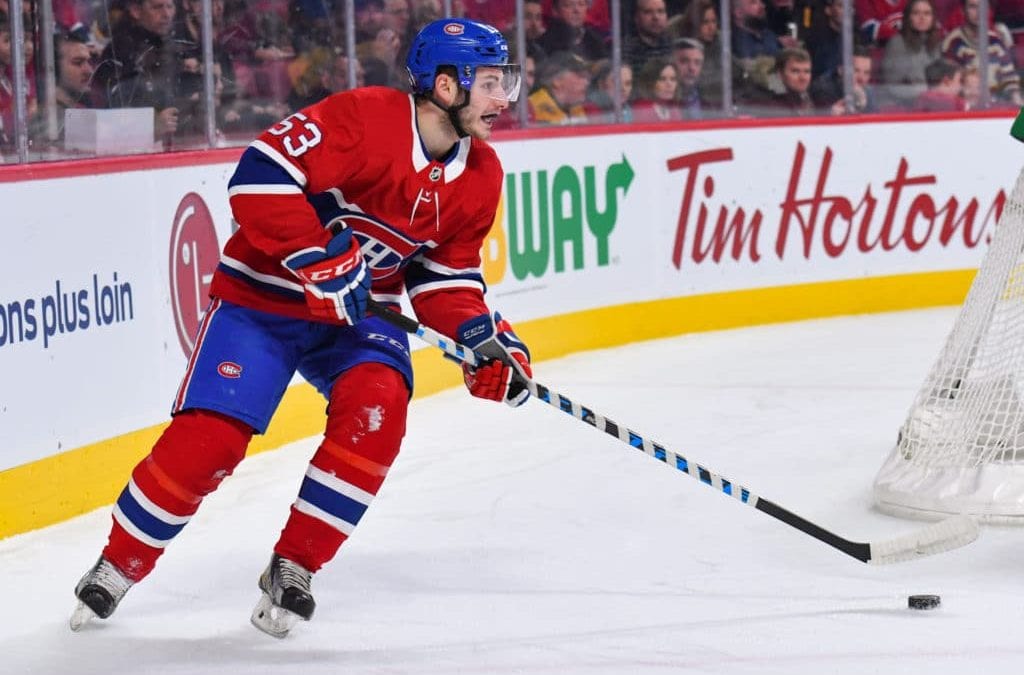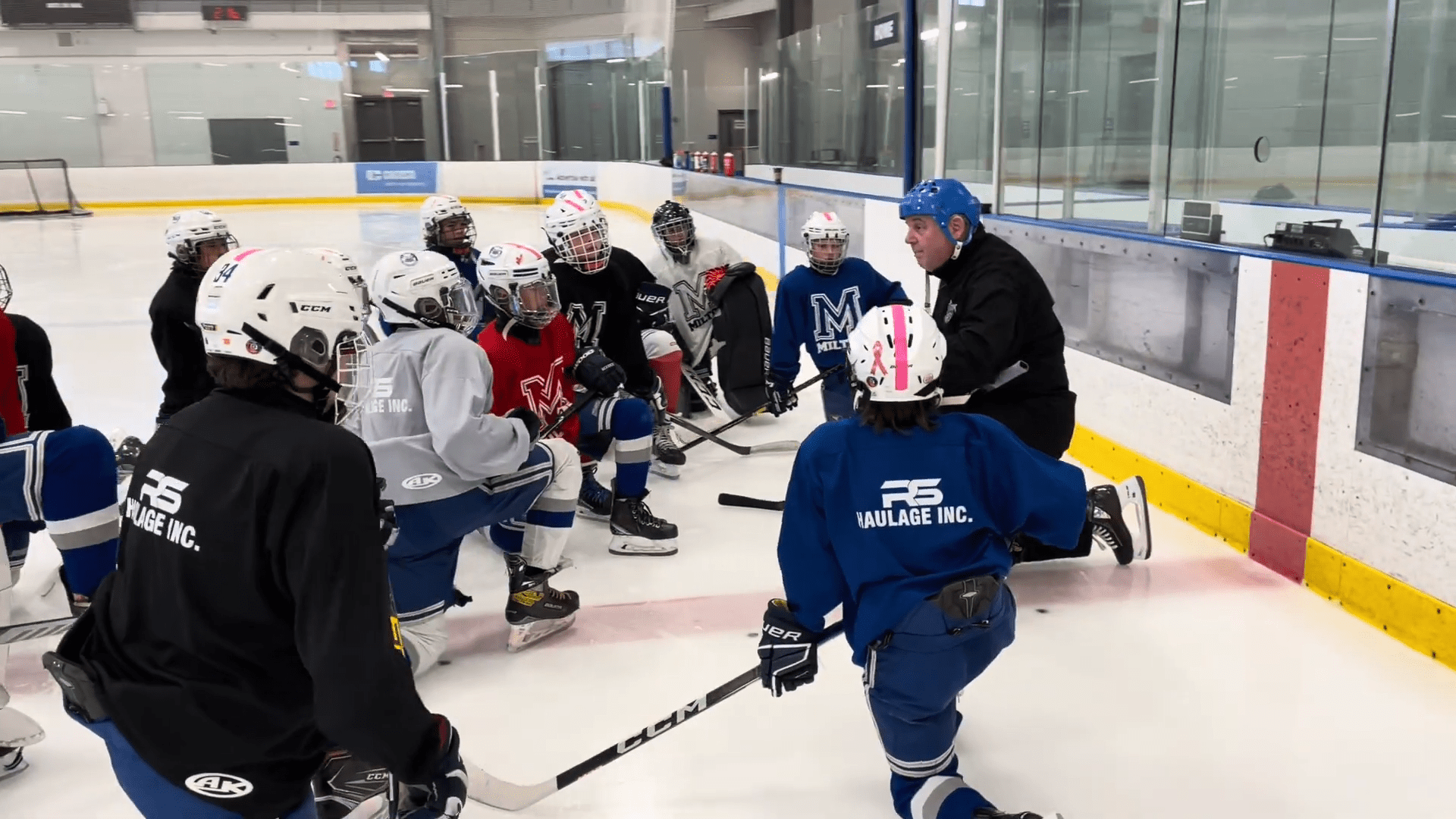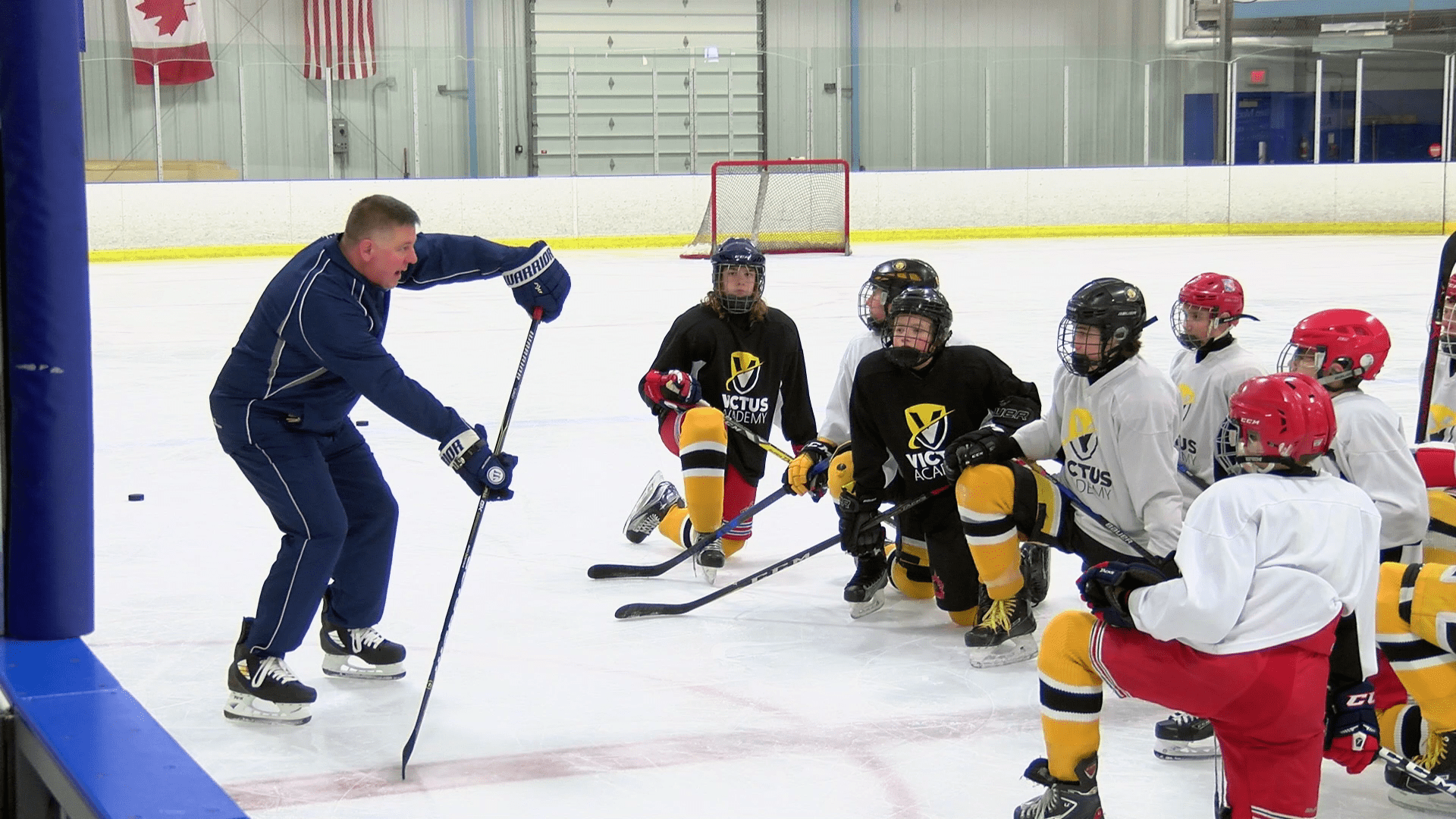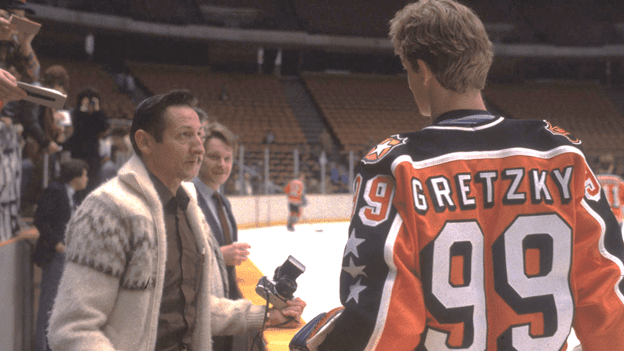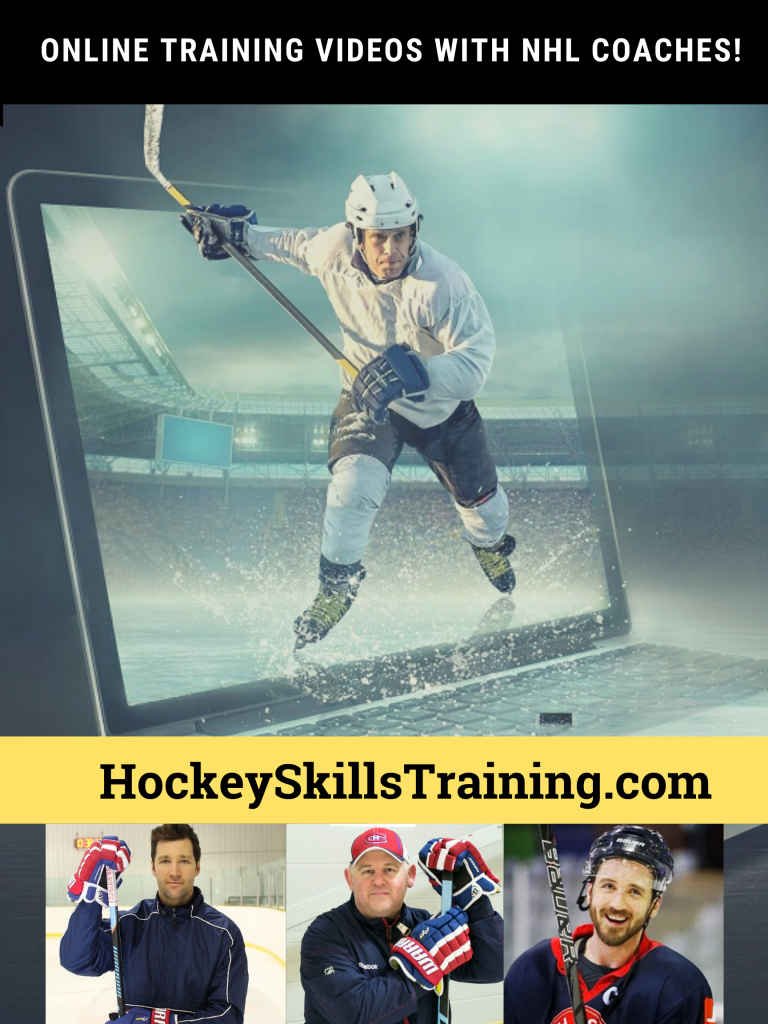In hockey, there are five main positions that must be filled to make a successful hockey team. Every team needs a goalie, two defencemen, a left wing, a right wing, and a centre. In addition, all the players filling these positions must communicate and work together effortlessly, like a well-oiled machine.
However, it’s not enough to just say that someone is a “center” or a “defenseman.” Why? Because different playstyles exist within specific positions in hockey. Some defensemen are more offensive, some are more defensive, and some exhibit a mix between the two styles, known as “hybrid defense.”
Of course, to be an elite defenseman in hockey, you need to be highly skilled both offensively and defensively, but I’m talking about specialization. Some defensemen specialize in one of the extremes, and others are very balanced in their playstyle.
So, what makes a defenseman offensive, defensive, or hybrid? Below are the main skills for each defenseman style. Take some time to consider each set of skills and compare them to your own abilities to figure out which type of defenseman you are.
Defensive
It sounds silly to consider a hockey player a “defensive defenseman,” but it isn’t a meaningless title. There are certain skills, listed below, that some defensemen exhibit more than others and end up making them more protective on the ice. Likewise, there are skills, mentioned in the next section, that make a more “offensive defenseman.”
The designation is exactly how it sounds: a defensive defenseman specializes in protecting their team’s territory and keeping the puck out of their net.
Here are the most common defensive skills:
Initiating a Change in Puck Possession
One of the most important defensive skills for a defenseman is taking the initiative to retake the puck from the enemy team. A good defenseman must be willing to engage the defensive system at the right moment to avoid letting the opposing team close in too far on the net.
Confidence plays a huge role in the willingness of a defenseman to initiate a change in possession. They can’t be afraid of being outmaneuvered upon challenging an enemy forward, or else the other team will get a better opportunity to position themselves to score.
There are many ways to initiate a change in puck possession, and one of the most important ones is gap control.
Gap Control
As a defenseman, gap control involves closing the distance between you and an advancing forward who is carrying the puck. A defenseman with good gap control will pick optimal spots to challenge approaching forwards and push them towards the outside of the rink and away from a prime scoring area.
Backwards Skating
This skill is defensive because it acts as another counter to the pressure that the opposing team’s forwards will impose when they’re attacking. Having fast, effortless, controlled skating (but especially backwards skating) allows defencemen to retain the best position against an enemy attack. It also allows them to react to enemy movement, passes, and shots as fast as possible.
Hitting/Fighting
This is in the defensive category?
Yes, indeed.
Hitting and fighting are huge parts of stopping the opposing team from scoring. If you have a fearless, intimidating physical presence, the opposing team won’t be able to easily approach your net. In short, you’ll prevent them from obtaining favorable shooting opportunities.
How do you develop an intimidating physical presence? You need to be willing to take/deliver checks and engage in fights for the good of a play.
Offensive
Offensive defensemen specialize in helping their team attack the enemy team’s net in the effort to score goals. While they still protect their own net, the focus is more on aiding the forwards on their team to get the puck in the net.
Shooting Ability
Defensemen, of course, won’t be making too many shots on the ice. But when they do, it’s important that the shots are consistent and accurate. Part of a defenseman’s offensive repertoire is the ability to make good shots so that they can either score (by a literal longshot), or their shot can be tipped into the net.
Rushing the Puck
Although a defenseman’s primary purpose is to protect the net, they still play an offensive role from time to time. An important offensive skill is the ability to rush the puck on a breakaway. The defenseman’s skating, stickhandling, and agility need to hold up if there’s an opportunity for them to make an offensive push to try to score.
Supporting the Rush
Another offensive ability closely related to rushing the puck yourself, is supporting a rush that your team is making. Defensemen shouldn’t be afraid to jump into their team’s push by either challenging enemy defenders or positioning themselves as an option to receive a pass.
A word of caution: you should always assess the risk of joining a rush before doing so. Check the positioning of the opposing team to see if it’s worthwhile to leave your defensive zone and go all-in with your team.
Hybrid
A hybrid defenseman shows balance between all the skills previously mentioned. They might specialize in position control and backwards skating while also having fantastic shooting and rushing abilities.
There are four “hybrid skills” listed below, as well. The skills are important for all defensemen to have, but for the purposes of fitting into an offensive or defensive role, the skills are more neutral. Specializing in these skills may mean that you’re more of a hybrid defenseman.
Hockey Sense
Hockey sense is often mistakenly considered to be “intuition” for the game, which implies that it can’t be developed. That couldn’t be further from the truth, however.
“Hockey sense” is just a name for a large group of individual skills, which can all be learned by practicing and studying the game:
- Versatility: Being able to perform well in a variety of roles on the ice
- Decision-making: Being able to make quick and correct decisions in the heat of the game
- Foresight (Anticipation): Being able to estimate where a play will move in advance, so that an advantageous position can be gained
- Awareness: Being able to keep track of the position of every player on the ice and the location of the puck, and using that information to help make decisions
Communication
All defensemen, whether offensive or defensive, should have outstanding communication skills. This comes in two forms:
First, a defenseman should recognize when, in the middle of a play, something needs to be verbally communicated to one of his teammates and shouldn’t hesitate to pass along the information. Second, a defenseman should engage in constructive discussions with teammates and coaches while on the bench, and before and after a game.
Puck Skills
All hockey players, defensemen not excluded, should have good puck skills. These are skills like shooting accuracy and strength, stickhandling, giving and receiving a pass, and protecting the puck.
Attitude/Work Ethic/Competitiveness
The final hybrid skill is a mix of attitude, work ethic, and competitiveness, that we’ll call mindset.
Mindset involves staying calm through losses and stay humble through victories. It involves keeping focused on your long-term goals in the sport of hockey so that you stick to healthy eating habits and a proper training regimen. It involves fighting your hardest in every game no matter how bleak the result looks. Finally, it involves staying true to your own strengths and recognizing the strengths of your teammates and adjusting your play accordingly.
There you have it: a rough and ready way to find out what type of defenseman you are.
It’s important to remember, though, that even if you deem yourself “offensive” based on the skills listed above, it’s entirely possible to make the switch to hybrid or even defensive. In truth, all the skills mentioned here are important for defensemen to have, and you get to choose which skills you want to practice.
So, if you look at this list of skills and identify some of your weak ones, perhaps focus on developing those in your coming months of training. It’ll only contribute to you being a more well-rounded player and will help you along with the ultimate goal: being the best hockey player possible.

